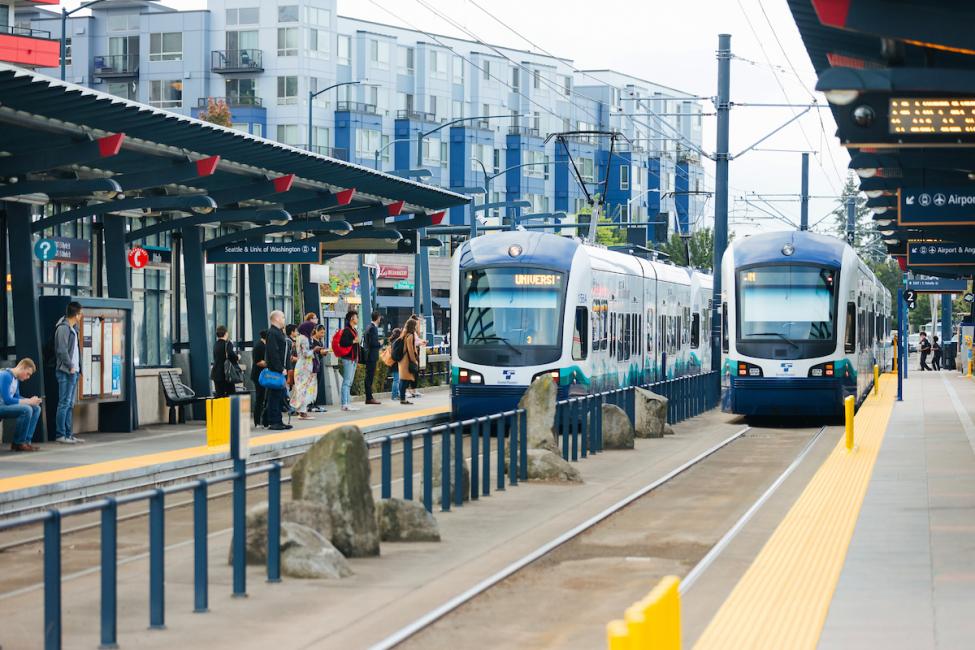Sound Transit has completed community outreach to find out how riders and community members experience the fare enforcement process.
Outreach included:
- A rider survey on Link light rail and Sounder commuter rail that gathered 1,100 responses
- An online survey distributed region-wide that brought in 8,000 completed surveys
- Six community listening sessions in Pierce, King and Snohomish counties
Onboard survey top findings
This scientific, statistically valid survey found that:
- A higher percentage of respondents without proof of payment (POP) were:
- African American or Black
- Hispanic or Latinx
- Under 25
- Low income
- Living with a disability
- Lacking a working vehicle
- The top reasons people could not provide POP were:
- “I forgot to ‘tap’ my ORCA card.”
- “I tapped my ORCA card, but it didn’t work.”
- “I thought my transfer was valid.”
- A large majority of people who responded to the onboard survey, both those with and without proof of payment, rated fare enforcement officers (FEOs) highly, agreeing that:
- FEOs are professional – 93 percent with POP and 88 percent without POP
- FEOS treat everyone the same – 92 percent with POP and 85 percent without POP
- FEOs approached all riders near me – 88 percent with POP and 83 percent without POP
Online survey top findings
This survey is not statistically valid, and only reflects the opinions of those who self-selected to respond to it.
- The majority of responses showed people believe Sound Transit should:
- Reduce fines from $124
- Increase the number of warnings and reduce the warning period from 12 months to six months
- Help riders who can’t afford to pay
- Expand outreach to hard-to-reach communities
- Seventy-five percent of respondents thought FEOs should offer on-the-spot information about reduced-fare programs.
- Large majorities of respondents supported suspending fare enforcement under certain circumstances and providing other ways for people to resolve fines.
Listening session feedback
Sound Transit partnered with business and community groups in King, Pierce and Snohomish counties to reach participants from communities that are usually marginalized. People provided feedback in a series of six listening sessions.
- Opinions about Fare enforcement officers included:
- Security should be present; but this should not be fare enforcement’s role
- Uniforms feel like policing; they are traumatic and triggering
- FEOs should focus on compassion for riders
- Observations about customer experience included:
- Alignment of transfers from bus to train
- Better alignment between transportation agencies
- Perception of racial profiling
- Suggestions for access included:
- Increase access to reloading ORCA cards
- Bring back Westlake booth
- Enable ability to pay on the train
- Opinions on program changes included:
- $124 fine is excessive and does not fit the “crime.”
- Perception of over-monitoring in south Seattle (Rainier Valley)
- Concerns about procedure for requesting IDs
- Observations about youth on trains included:
- There should be separate program/procedures/consequences for youth
- Parents should be contacted when FEOs interact with youth
- Youth feel harassed
The agency’s fare enforcement workgroup is using this information as they work to finalize proposals for program changes, which they will share with the Sound Transit Board of Directors later this year.
Beyond the fare enforcement program, Sound Transit will continue to use the wealth of information and insights provided by this data to inform other continuous customer service improvement efforts.
